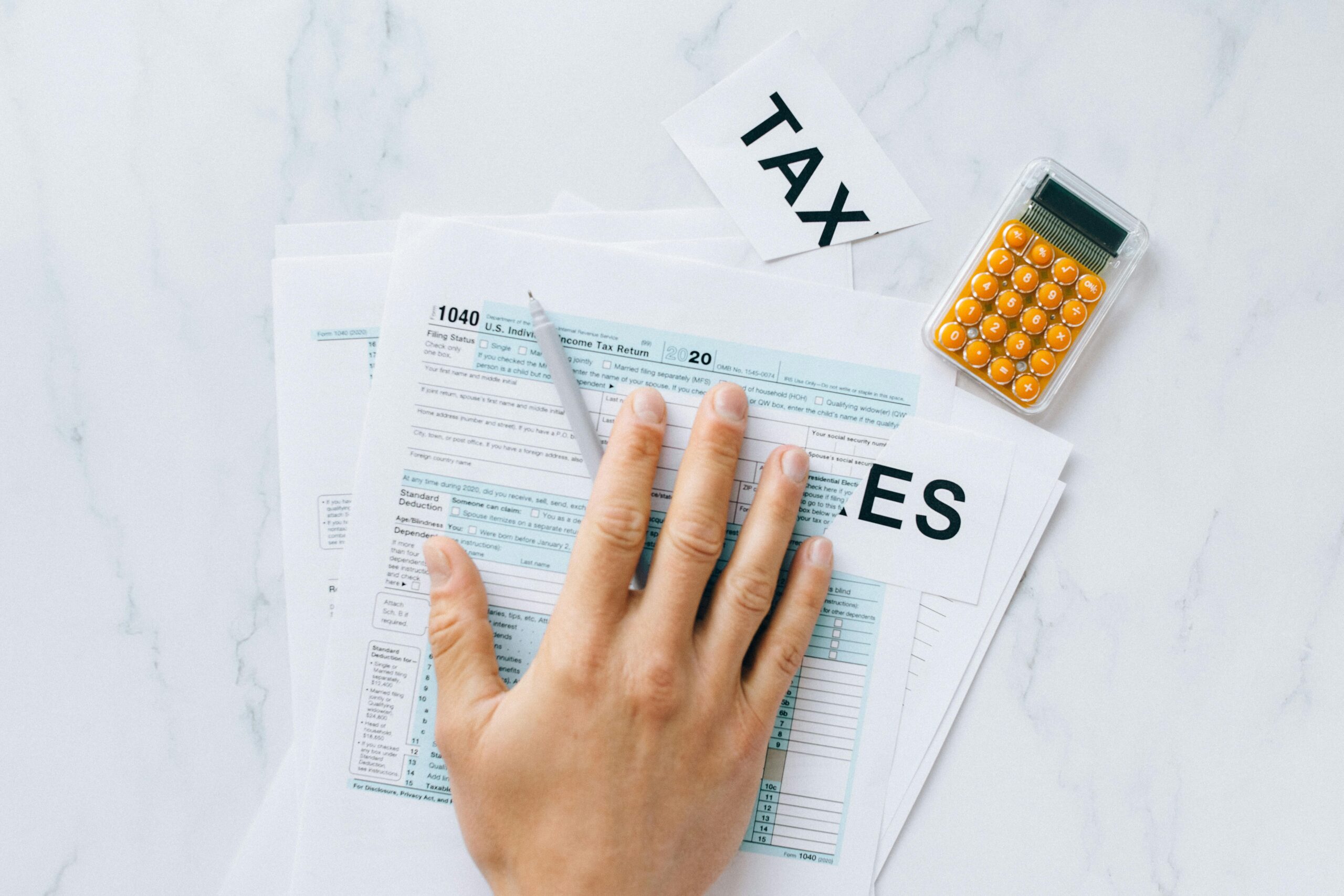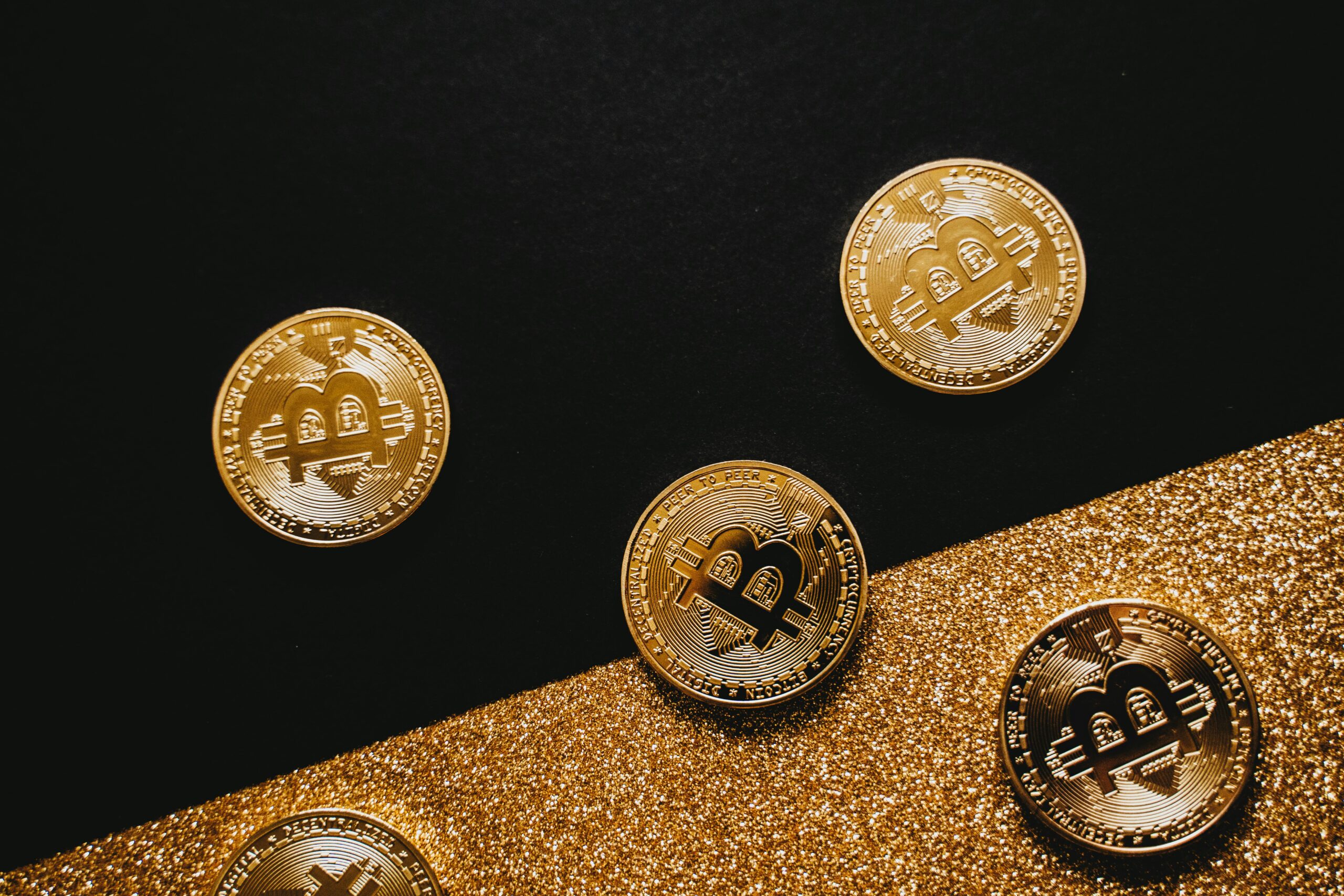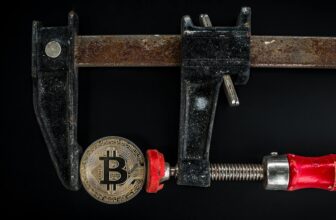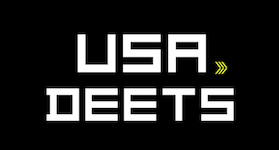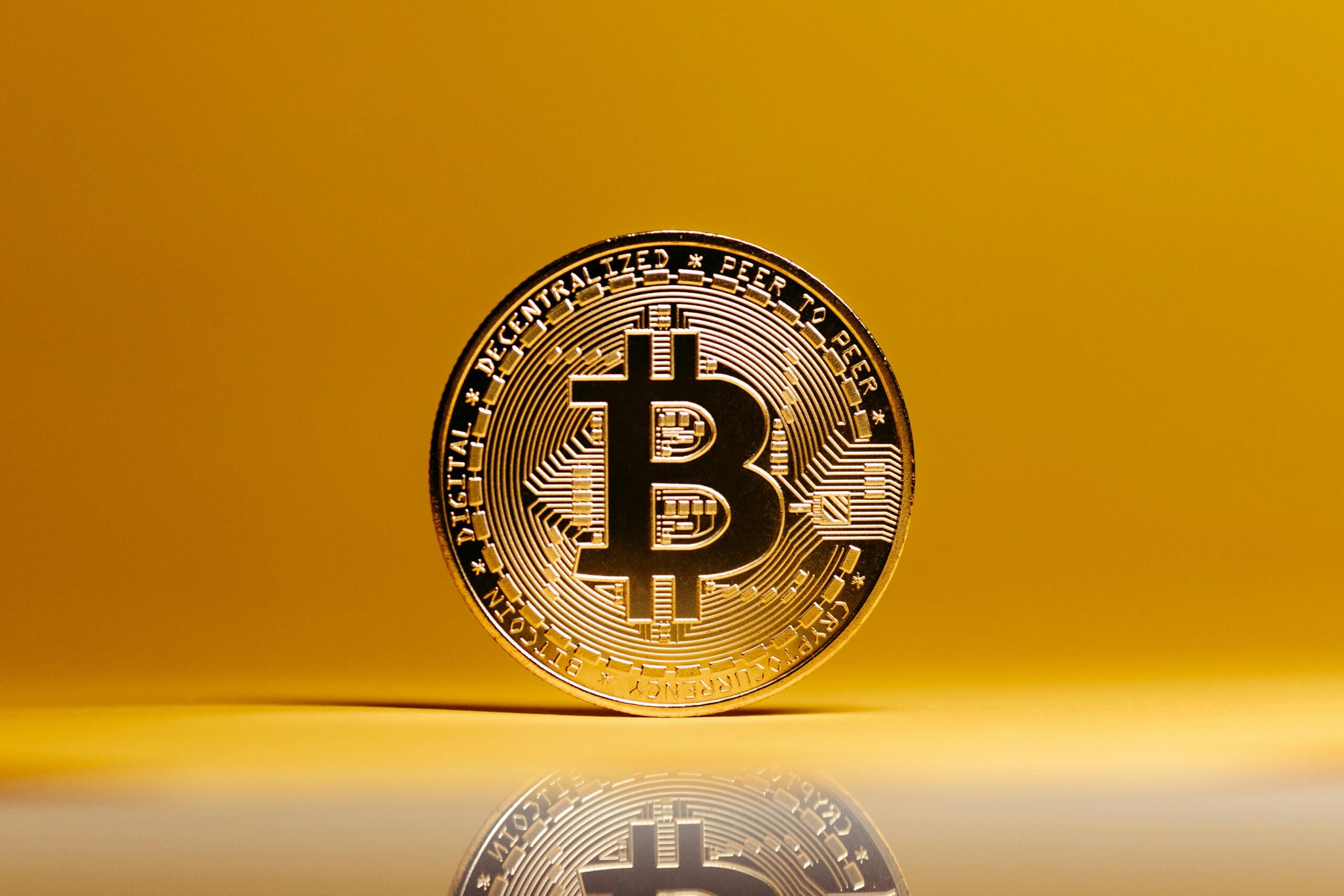
Imagine Bitcoin as a vast digital mine, and miners are the industrious folks using powerful computers to unearth new Bitcoins. For their efforts, they’re rewarded with a set amount of Bitcoin for each block they discover.
The halving is a pre-programmed feature built into Bitcoin’s code. Roughly every four years (after a specific number of blocks are mined), the reward for miners gets cut in half. Think of it as a natural scarcity mechanism – there’s a limited number of Bitcoins to be mined (around 21 million), and the halving slows down the flow of new ones entering circulation.
Why Does it Affect Bitcoin Price?
The Bitcoin halving has the potential to significantly impact Bitcoin’s price, but it’s not a straightforward cause-and-effect relationship. Here’s a deeper dive into why it might influence the value:
Supply and Demand:
The core principle at play is scarcity. By cutting the number of new Bitcoins entering circulation, the halving reduces overall supply. In a well-functioning market, when supply goes down and demand stays the same or rises, prices tend to go up. This is the basic economic theory behind the potential price increase after a halving.
Investor Psychology:
The halving is a well-known event in the cryptocurrency world. Investors might anticipate a future price increase due to the reduced supply and act accordingly. This anticipation can lead to increased buying pressure before and after the halving, potentially driving the price up. It’s a bit like a self-fulfilling prophecy – if enough investors believe the price will rise, their buying activity can actually make it rise.
Historical Precedent:
While not a guarantee, past halving events have been followed by significant price increases for Bitcoin. This historical data can influence investor behavior, leading them to believe a similar price surge might occur after future halvings. However, it’s important to remember that past performance is not necessarily indicative of future results.
Market Volatility:
It’s crucial to understand that the cryptocurrency market is inherently volatile, meaning prices can fluctuate rapidly for various reasons. The halving is just one factor that could influence price, and other news events, regulations, or investor sentiment can also play a major role.
Not Guaranteed:
It’s important to emphasize that the halving does not guarantee a price increase. The market is complex, and other factors can outweigh the impact of reduced supply.
Long-Term Impact:
The halving might have a more significant long-term impact on Bitcoin’s value. As the number of new Bitcoins dwindles and approaches its finite limit (21 million), scarcity could become a more dominant factor, potentially driving prices higher over time.
History of Bitcoin Halving and Price Volatility
The Bitcoin halving has historically been a significant event in the cryptocurrency world, often accompanied by periods of price volatility. Here’s a table summarizing the past halving events and their impact on Bitcoin price:
| Event | Date | Block Reward | Value One Month Prior | Value One Year After |
|---|---|---|---|---|
| Introduction of Bitcoin | January 3, 2009 | 50 new BTC | – | – |
| First Halving | November 28, 2012 | 25 new BTC | $10.26 | $1,003.38 |
| Second Halving | July 9, 2016 | 12.5 new BTC | $583.11 | $2,608.10 |
| Third Halving | May 11, 2020 | 6.25 new BTC | $6,909.95 | $55,847.24 |
What is Bitcoin Mining
Bitcoin is like a digital fortress, secured by a powerful network of computers. But how exactly does this network function? That’s where Bitcoin mining comes in – it’s the engine room keeping the whole operation humming. Miners use specialized computers to solve complex math puzzles. The first miner to crack the code gets to add a new block (a batch of verified transactions) to the blockchain. As a reward for their efforts, they’re given newly minted Bitcoins.
How Bitcoin Halving unfolds
Bitcoin’s halving is a fascinating event built directly into the code, kind of like a pre-programmed clock. Here’s a breakdown of how it happens:
The Block Chain:
Imagine a giant digital ledger called a blockchain, where every Bitcoin transaction is meticulously recorded. Miners, acting as validators, compete to add new blocks (batches of transactions) to this chain.
The Reward:
Every time a new block is added, miners are rewarded with a set amount of Bitcoins. This reward incentivizes them to keep validating transactions and securing the network.
The Halving Mechanism:
Here’s the twist. The Bitcoin code has a built-in halving mechanism. Roughly every four years, or after a specific number of blocks are mined (currently 210,000), something significant happens. Poof! The reward for miners gets cut in half.
Think of it like this:
Imagine a bakery that rewards customers with a dozen fresh cookies for every completed task. Suddenly, a pre-programmed switch flips, and now they only get half a dozen for the same work. That’s essentially what happens during a halving.
The Impact:
With fewer new Bitcoins entering circulation, it creates a scenario where existing ones could become more valuable. It’s similar to a limited edition collection – the scarcer the item, the potentially higher the value.
Not Guaranteed:
It’s important to remember that the halving’s impact on price isn’t a guaranteed outcome. The cryptocurrency market is influenced by various factors, including news and investor sentiment. However, historically, halving events have been associated with price increases for Bitcoin.
The Future:
The halving is a reminder that Bitcoin is a finite resource, with a maximum supply of 21 million coins. This scarcity could make it even more attractive in the future, although predicting the exact impact is like gazing into a crystal ball.
When is the Next Bitcoin Halving
The next Bitcoin halving is estimated to happen in April 2024. It’s important to remember this is an estimate based on the current rate at which blocks are generated and the pre-programmed halving interval coded into Bitcoin’s software.
The exact date can’t be predicted with absolute certainty because the time it takes to mine a block can fluctuate slightly. However, based on current information, April 2024 is the most likely timeframe for the next halving.
How to Prepare for a Halving Event
The Bitcoin halving is a significant event that can stir up the cryptocurrency world. While the impact on price isn’t guaranteed, some investors choose to prepare beforehand. Here are some strategies to consider:
Knowledge is Power:
- Educate Yourself: Solidly understand the halving concept. Research its historical impact on price movements and market sentiment. You can utilize the references provided in the previous section to delve deeper.
- Stay Informed: Keep an eye on news and expert opinions leading up to the halving event.
Investment Strategies:
- Diversify Your Portfolio: Don’t put all your eggs in one basket. While Bitcoin might be the focus, consider investing in other established cryptocurrencies or even traditional assets to spread your risk.
- Develop a Long-Term Vision: The halving might have a more significant long-term impact on Bitcoin’s value. If you’re investing, be prepared to hold on for the long haul, potentially weathering market volatility.
- Dollar-Cost Averaging (DCA): This strategy involves investing a fixed amount of money at regular intervals, regardless of the current price. It can help average out costs over time, potentially reducing risk during periods of high volatility.
Manage Expectations:
- Don’t Chase Hype: The halving can generate excitement, but be wary of unrealistic price predictions or FOMO (fear of missing out). Stick to your investment plan and avoid making impulsive decisions based on hype.
- Prepare for Volatility: The halving might introduce increased market volatility. Be prepared for price fluctuations and stay calm even if the market dips.
Remember:
- The cryptocurrency market is still young and highly volatile. The halving’s impact on price is not guaranteed.
- Always do your own research before making any investment decisions.
- Consider seeking professional financial advice if you’re unsure about how to proceed.
Conclusion:
The Bitcoin halving is a pre-programmed event that cuts the reward for miners in half roughly every four years. This reduction in new coin supply, coupled with investor anticipation and historical trends, has the potential to increase Bitcoin’s price due to scarcity economics. However, the cryptocurrency market is complex, and the halving’s impact is not guaranteed. It’s one factor to consider alongside market sentiment and other news events when evaluating Bitcoin’s future value.
References:
- Bitcoin Wiki – Block Halving: https://www.investopedia.com/bitcoin-halving-4843769
- Coindesk – Bitcoin Halving: Everything You Need to Know: https://www.coindesk.com/video/what-you-need-to-know-about-the-bitcoin-halving/
- Investopedia – Bitcoin Halving: https://www.investopedia.com/bitcoin-halving-4843769
FAQs
Q. Why is Bitcoin halving necessary?
Bitcoin halving is built into the code and serves two main purposes:
Control Supply: Bitcoin has a finite supply of 21 million coins. The halving slows down the rate at which new Bitcoins enter circulation, helping to prevent inflation and maintain scarcity over time.
Miner Incentive: Miners are rewarded with Bitcoins for validating transactions. The halving keeps mining profitable despite the decreasing number of new coins, although they receive fewer Bitcoins per block.
Q. Does Bitcoin go down during halving?
Not necessarily. Historically, there hasn’t been a consistent pattern of Bitcoin’s price dropping during the halving event itself. The price can fluctuate around the halving date due to market anticipation.
Q. What are the risks of Bitcoin halving?
Market Volatility: The halving can introduce increased market volatility as investors react to the changing supply dynamics. Prices might swing more dramatically than usual.
Uncertain Impact: While there’s potential for price increases due to scarcity, it’s not guaranteed. Other market forces and investor sentiment can play a bigger role.
Hype and FOMO: The halving can generate excitement, leading to unrealistic price predictions and impulsive investment decisions.
Q. How is Bitcoin price affected?
The halving’s impact on price is a complex issue:
Scarcity Economics: With fewer new Bitcoins entering circulation, existing ones could become more valuable, similar to a limited-edition collection.
Investor Psychology: Anticipation of future price increases due to scarcity can lead to increased buying pressure before and after the halving, potentially driving the price up.
Historical Trends: Past halving events have been followed by significant price rises for Bitcoin, but past performance doesn’t guarantee future results.
Q. Does halving make price go up?
The halving has the potential to increase Bitcoin’s price due to scarcity, but it’s not a guaranteed outcome. The cryptocurrency market is influenced by various factors, and the halving’s impact can be overshadowed by other news events or investor sentiment.

